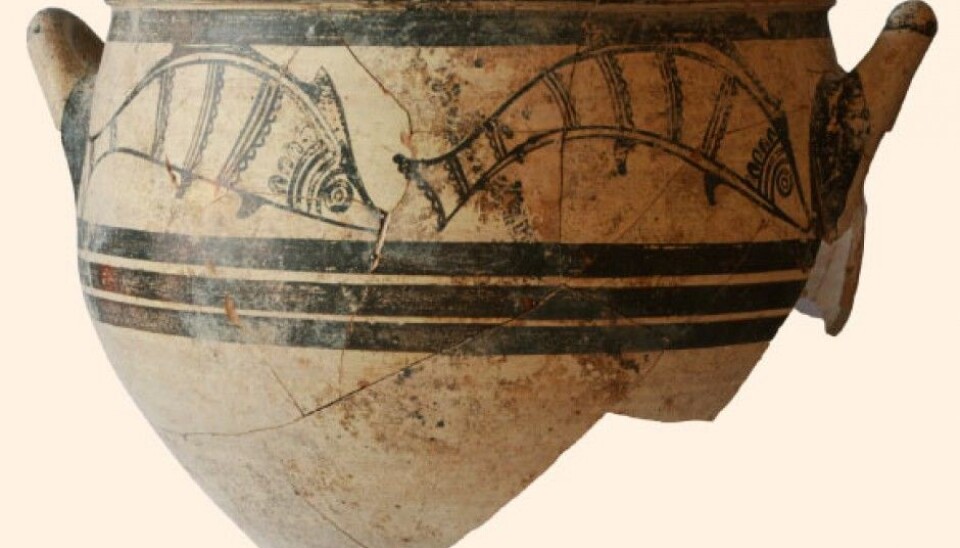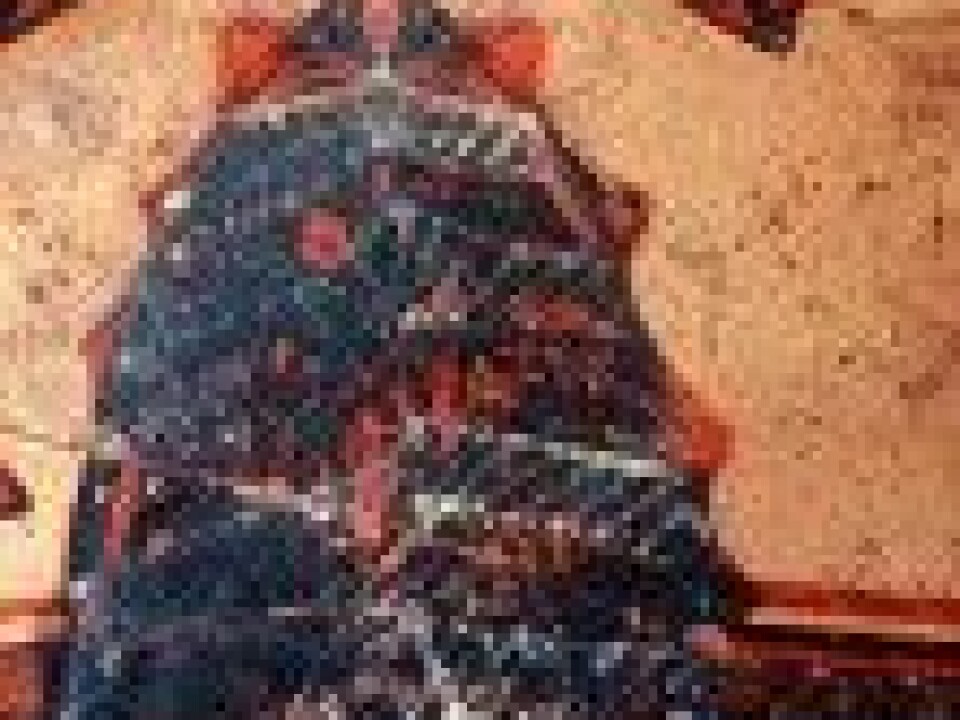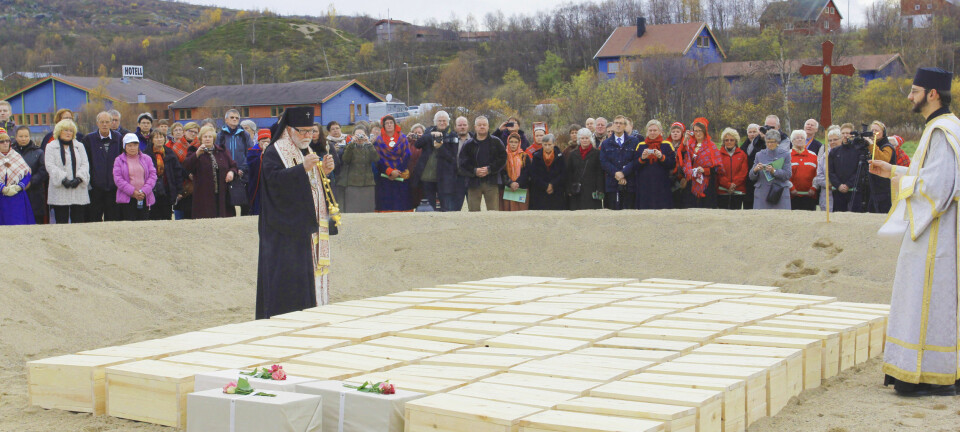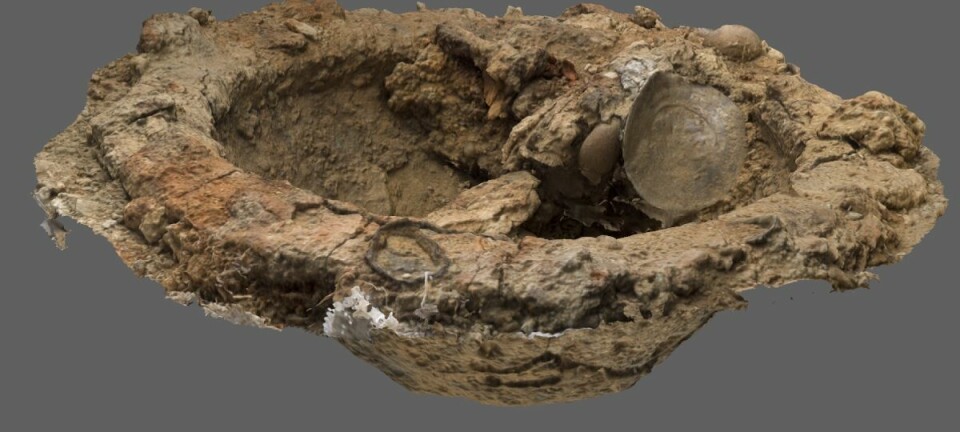
Swedes uncover rich Cypriot graves
Here are gold necklaces, pearls and earrings as well as several hundred handsome ceramic vessels from the Bronze Age. The discovery testifies to a city which traded with much of its contemporary world.
Sun-soaked tourists have had it almost right beneath their feet. The city Hala Sultan Tekke, under excavation close by the Larnaca International Airport in Cyprus, probably covered some 50 hectares in the years 1600 B.C. to 1150 B.C.
University of Gothenburg archaeologists have been digging at the site of the Bronze Age city’s graveyard since 2010.
“This year we hit the bull’s eye!”
“We’ve investigated the site for seven seasons but this year’s excavation has been the best I’ve ever experienced,” says Professor Peter Fischer to the Swedish newspaper “Expressen”.
Adults and children

Fischer told ScienceNordic’s Swedish partner forskning.se that this is one of the richest discoveries from this epoch made on Cyprus.
He describes it as sensational that the Swedish researcher team uncovered a cemetery, as the dead at this time in Cyprus were usually buried inside their settlements and often beneath their own family dwellings.
The Swedish archaeologists found the cemetery outside the Bronze Age city using georadar.
The grave with the finest burial goods was probably a family tomb. It contained the remains of eight children and nine adults. The oldest of these had been only about 40 years old. Fischer does not find this surprising, as lifespans were short in the Bronze Age.
Uncovered 140 pots and vessels
The archaeologists are happiest about finding over 140 complete ceramic vessels and pots, most of them decorated with fantastic images.
These include women in fancy costumes and horse-drawn chariots, ready for battle. There are also animals, fish and religious symbols. Many of these vessels are imported from mainland Greece and Crete, and some are from Anatolia, part of Turkey.
The Swedish archaeologists also found gold-mounted Egyptian scarabs, jewels and cylinder seals. Some of the precious objects were produced locally; others came from Syria and Mesopotamia.
Purple textiles
Oddly, the archaeologists have yet to fully locate the city of Hala Sultan Tekke. But they have its graveyard.
“It must have been a rich city, considering what we have found in the graves. But the city itself is probably in an area we haven’t investigated yet,” says Peter Fischer.
In the traces of Hala Sultan Tekke found so far, the Swedes have discovered clear signs of large-scale production of purple textiles, made from murex snail shells. The textiles were probably used in trade with other Bronze Age civilisations in Crete, Greece, Egypt, Anatolia, Mesopotamia and elsewhere in the Middle East.
Peter Fischer fears that the graveyard and the ancient city itself can be destroyed by modern agriculture, a vital part of the Cypriot economy which demands steadily more land.
He fears that this could get priority over protection of a buried part of our world heritage.
--------------------------------------
Read the Norwegian version of this article at forskning.no
Translated by: Glenn Ostling







